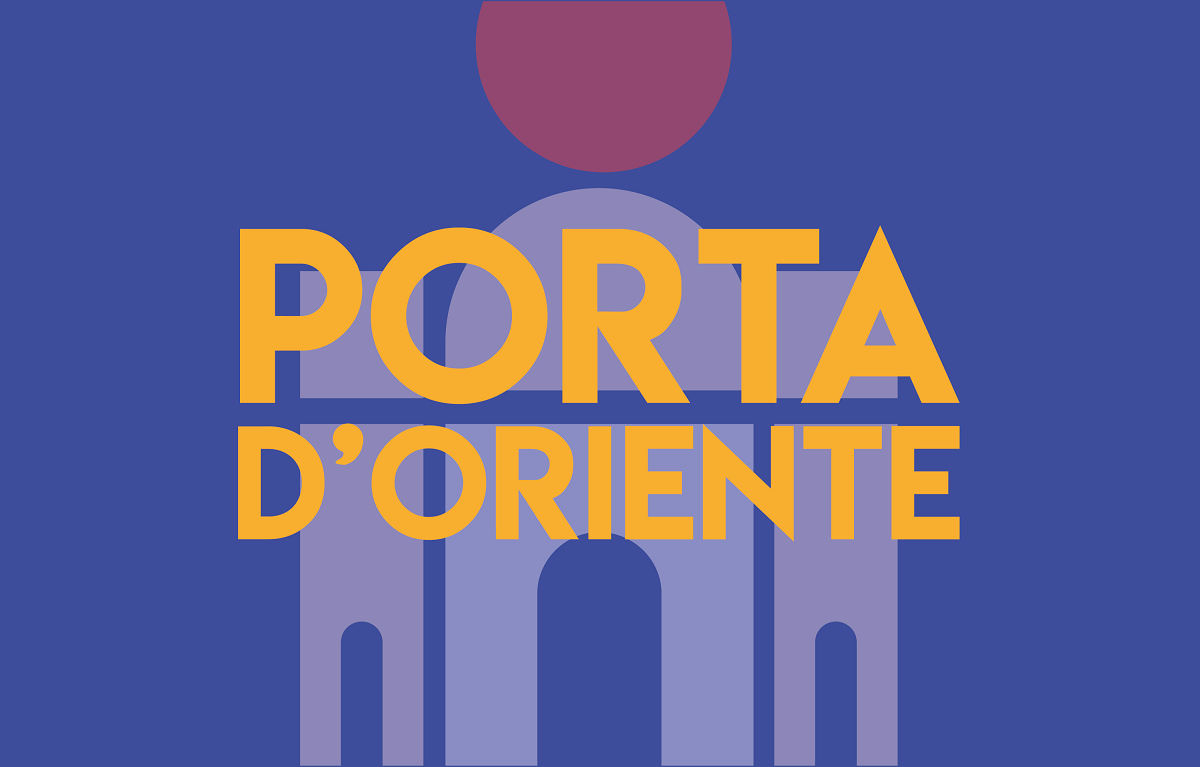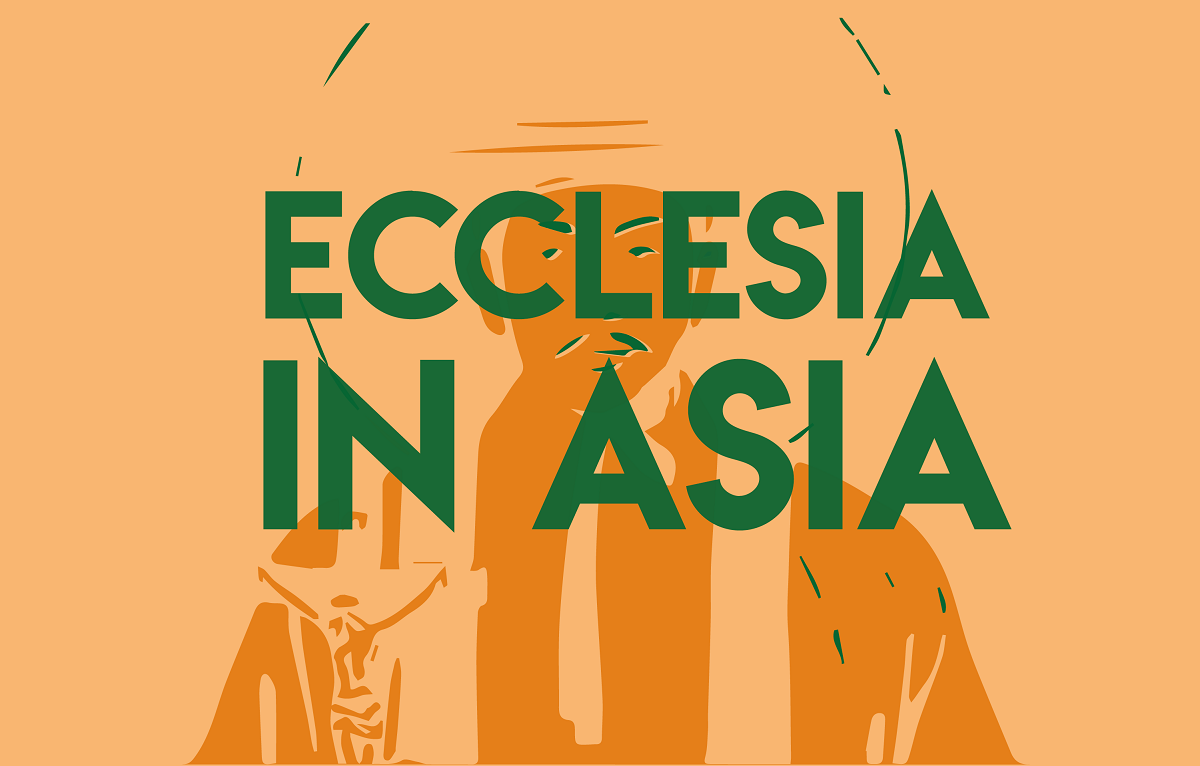Antakya: among the forgotten of yesterday's earthquake
While the world's spotlight is on the tragedy in Myanmar, the rebirth of the Turkish region struck by an equally powerful quake on 6 February 2023 is still far away. “The earthquake is always with us, in the trauma we experienced, in the people we lost, in the destroyed buildings we walk through every day,” said one survivor. In the place where Jesus’s followers were first called "Christians," local Christians are forced to go back and forth from a nearby town.
Antakya (AsiaNews) – Zeynep walks with her head down through the dirty roads, raising a small cloud of dust with each step. This heavy dust, which sticks to the skin and clogs the throat, is omnipresent in Antakya, Antioch on the Orontes whose history goes back millennia.
Its historic centre was a lively maze of narrow streets for centuries, bordered by shops and ancient places of worship of three different religions. Seeing it, today, reduced to a pile of rubble, leaves you breathless.
More than two years have passed since 6 February 2023, when a devastating earthquake hit southern Turkey and northeastern Syria, killing 60,000 people, according to official reports; yet, it seems like yesterday.
“The earthquake is always with us,” sighs Zeynep. It is “in the trauma we experienced, in the people we lost, in the destroyed buildings we walk through every day.” Her house is one of the very few in the heart of the historic district to have withstood the tremors, which reached 7.8 degrees of magnitude.
While the world's spotlight is now on the tragedy in Myanmar, whose extent is not yet clear, in this part of Turkey, the province of Hatay, which until 1939 was an integral part of Syria, the post-earthquake renaissance is still far away.
On the other side of the Orontes, cranes are in full work mode and new buildings are rising rapidly, but most of the population has not been able to return to the most affected areas.
“Many have found accommodation in the surrounding villages, perhaps with relatives, while many others are still in temporary reception centres set up by the government across the province," says Fr Francis Dondu, a Capuchin missionary from India who lived through the frightening experience of the earthquake firsthand.
That night, he was in the residence adjacent to the small Catholic Church of Saints Peter and Paul. The building, in traditional Arabic style, had been renovated; despite some damage, it remained standing and welcomed many displaced people in the first weeks of the emergency.
“Immediately after the quake I found myself pulling people from the rubble, with dead and mutilated people everywhere. It was a traumatic experience. In those frantic hours, we worked side by side with the priest of the nearby Orthodox church, a beautiful building dating back to the first century of the Christian era that unfortunately collapsed disastrously.”
On the barriers that today surround the rubble of the church, from which some sacred texts still stick out, a panel describes the planned renovations, but the local authorities are slow in issuing permits and the work has not yet begun.
Meanwhile, the pastor has moved to another city and the faithful have been drastically reduced: out of approximately 370 Greek Orthodox families who lived in Antakya before 2023, only about 20 remain.
Several, however, come to work in the city during the day, like George and Naim, who run two goldsmith shops in the city market, re-established in prefabricated buildings after the historic market came down due to the tremors.
Naim weeps as he shows photos of his brother and nephew, handsome and smiling, crushed by the collapse of their house. “The rescuers were slow to arrive because ours is a Christian neighbourhood," he complains bitterly.
What is certain is that the destruction did not care about residents’ faith, nor did it discriminate among places of worship: the great mosque a few steps from the river is no longer there, nor is the ancient synagogue where, according to the Acts of the Apostles, Paul and Barnabas began to preach in the name of Jesus, the place where the followers of the Gospel were called "Christians” for the very first time.
Discontent and exasperation with the slow pace of reconstruction are widespread, although many recognise the enormity of the intervention required, and note that the most affected families have received a state allowance.
Selçuk is a young engineer born and raised in Iskenderun (Alexandretta), another city in Hatay that suffered major destruction.
“I honestly believe that any government would have had the same difficulties," he says, showing me one of the reception centres where homeless families have been living for over two years in containers place one after the other in long lines.
Julia lives in one of these shelters. “It's hard,” she admits, “but luckily I have a job, I'm employed at the hospital, and I can live with dignity. I hope to return to a real home soon; in the meantime, life goes on, despite everything. Fortunately, I am not alone, I have a community that is close to me".
Julia refers to the faithful and catechumens, like her, who attend the Latin parish of the Annunciation. The church is in ruins. “But what matters most,” says A'gi, a young Hungarian focolarina who has been living here for a few years, “are the living stones of the small Turkish church. They are the ones we hope to see rise again.”
23/06/2023 18:56
15/02/2023 18:22





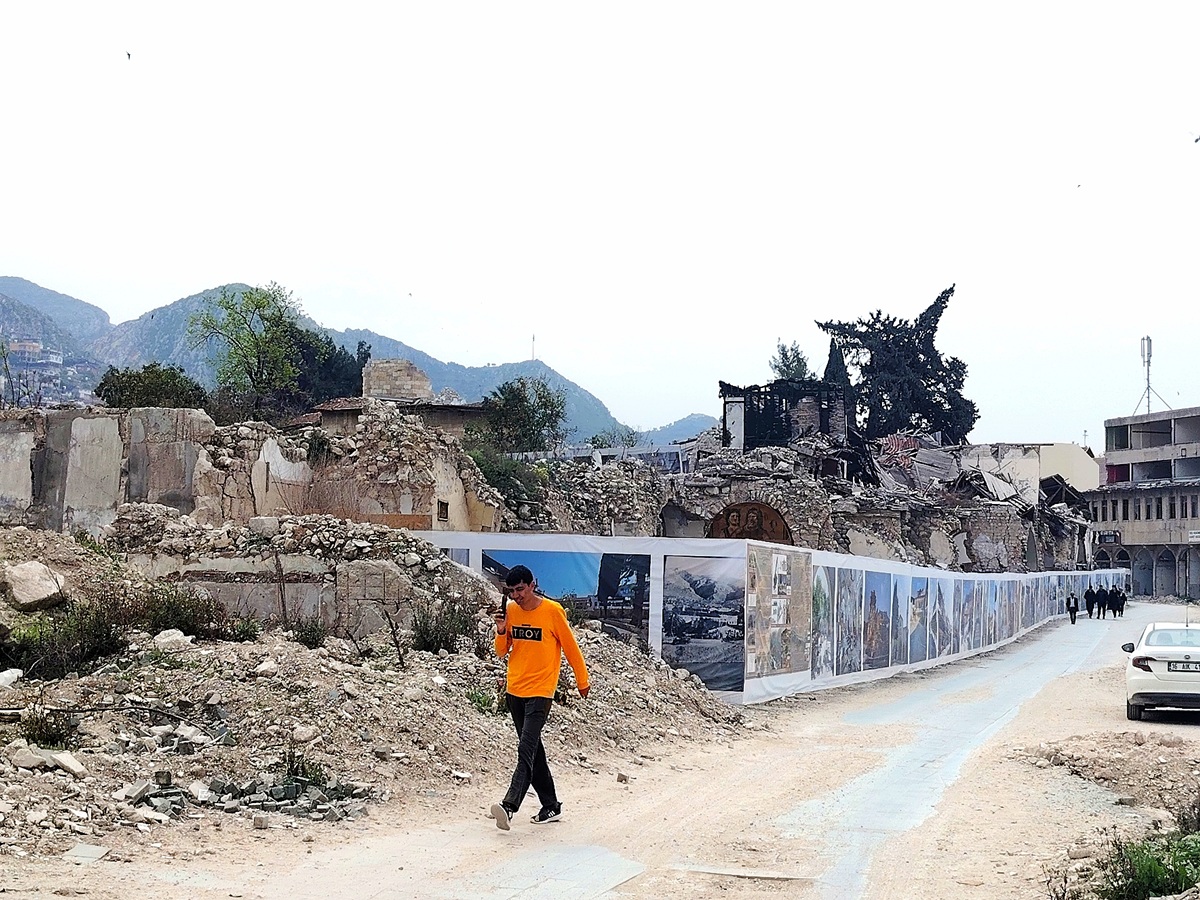
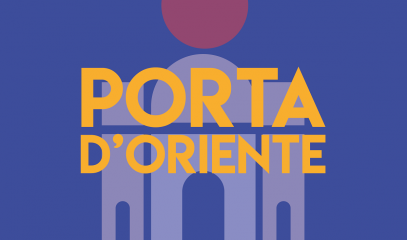
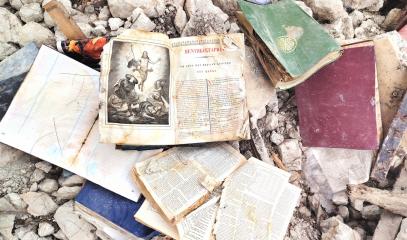
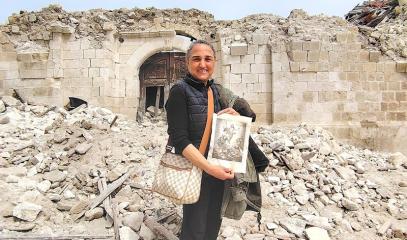

.png)
